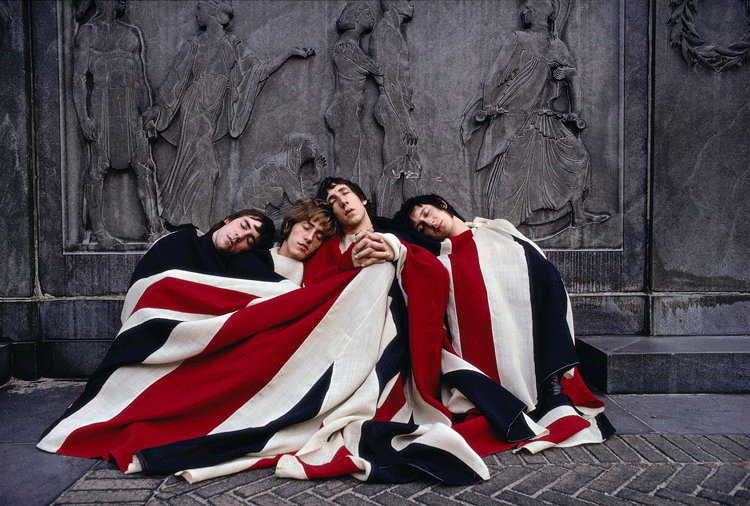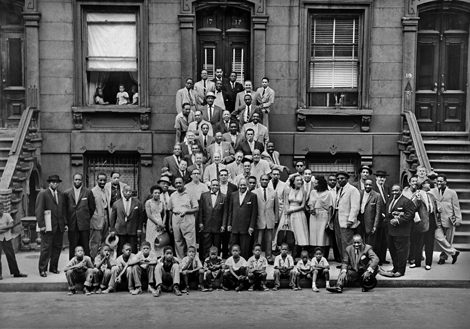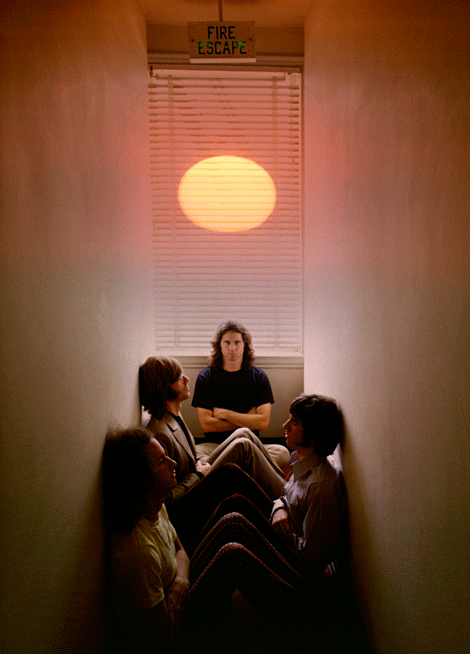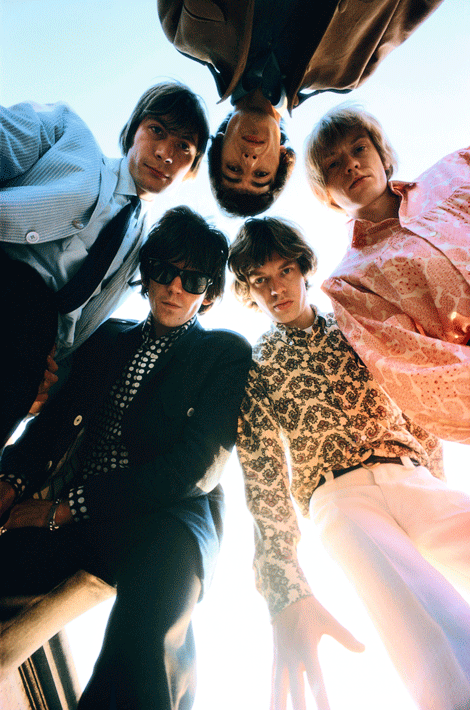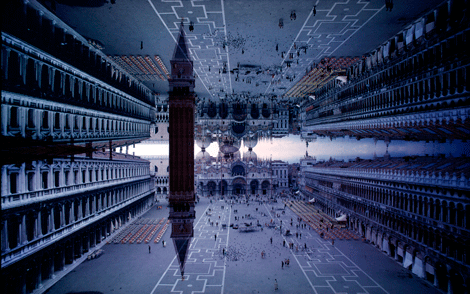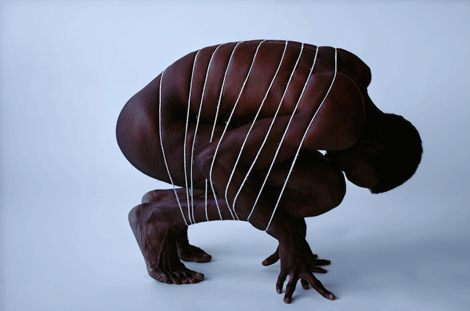Last December, with little fanfare, a major monograph celebrating the great postwar photographer Art Kane came into being. A 20-years-in-the-making labor of love for his son Jonathan, it presents, in one gorgeous volume, the first truly cumulative collection of Kane’s genre-bending works in rock and roll, fashion, advertising and fine art.
Art Kane came of age in the 1950s as a young art director at Esquire and made a splash with an incredible photograph of 57 jazz musicians taken one morning in 1958 on a stoop in Harlem. It is widely considered THE class picture of American jazz featuring Dizzy Gillespie, Thelonious Monk, Sonny Rollins, Gene Krupa, Charles Mingus, Count Basie, Art Blakey, Coleman Hawkins and many others.
He managed to be right in stride with the emergence of rock and roll and captured numerous imaginative images of the Rolling Stones, The Doors, Bob Dylan, Jefferson Airplane and famously, a portrait of the Who that would remain one of their signature images: the lads, in repose, with the British flag as their blanket.
Later fashion and advertising works emphasized form and composition and never shied away from exaggerating movement and expression. A proponent of wide angle lenses, he morphed bodies into alien shapes and found new ways to portray the naked ape. Through the 1960s and ’70s his groundbreaking works in 35mm color transparency embodied that golden age of daring print advertising that went for the abstract and graphic, and he was leading the charge.
He embraced a conceptual approach to the image. Not content to merely make a simple portrait, Kane went for the essence, even if it involved sets, staging or alternative post-production. Decades before the invention of Photoshop he innovated a technique he called “sandwiching,” whereby he would tape two or more transparencies together to achieve a new composite image. They look remarkably prescient.
His fine-art works dealt often with race, gender and the upturning of societal norms. Other works took on more personal and ephemeral imagery that hint at loss and impermanence and could sit nicely next to the work of Francesca Woodman or his friend Duane Michaels.
Page after page of his work has a timeless quality and can feel as contemporary as anything being made now. Although his name is less remembered than at the height of his career, many of his images are iconic, unforgettable and forever burned into our pop consciousness.
Art Kane v. 1
By Jonathan Kane, Holly Anderson
Reel Art Press | ISBN: 978-1-909526-12-9
Price: £60/$95 | 320 pp.; Hardback; 200 Color and B&W Photos
www.artkane.com

